MEDJUGORJE
MEDJUGORJE, Bosnia-Herzegovina -- In the darkness before dawn on August 4, Viktoria Marynina and more than 100 other Ukrainians from the city of Ivano-Frankivsk gathered at the base of Medjugorje's Cross Mountain, preparing to pray for an end to war in their country.
The group of Catholics, which included several children, clambered for more than an hour over stones worn smooth by millions of pilgrims' feet to get to the historic mountaintop cross in time for sunrise.
The arduous journey was worth it, Marynina said afterward, "because we felt God's grace up there," adding, "We believe he can help."
The Ukrainians are some of the many pilgrims heading for the once-obscure Bosnian town of Medjugorje this summer after Pope Francis officially authorized pilgrimages there.
The rise of Medjugorje from an obscure Yugoslav village producing tobacco and wine to one of the world's foremost Christian pilgrimage sites began in June 1981, when a group of children claimed to have seen several apparitions of the Virgin Mary on a rocky hillside above their village.
As news of the claimed sightings spread, pilgrims began to arrive. First from elsewhere in Yugoslavia, then from abroad.
Amna Jusufovic, a tour guide from nearby Mostar, recalls the pull the site was beginning to have within a few years of the claimed apparitions.
In 1992, with war raging in Mostar, she passed through Medjugorje to attempt to reach her besieged, elderly parents.
"I'm here in Medjugorje, then I reach [Mostar] and everything is in flames. It's just a half-hour away!" she said. "You would never think pilgrims would be in Medjugorje then, but there were many."
She says most wartime pilgrims came from Italy.
As Medjugorje began to be transformed by growing numbers of religious travelers coming from around the world in the 2010s, the Vatican sent out research teams to investigate the reported sightings.
Pope Francis was initially dismissive of the alleged appearance of Mary, saying in 2017 that the claims were "not worth much."
Then the pope apparently softened his stance. In May 2019, he officially authorized Catholic organizations to arrange pilgrimages there, while saying that the claimed apparitions needed further investigation.
But just as Medjugorje was gearing up for a massive influx of Catholic pilgrims, the COVID-19 pandemic hit.
Ivo, a waiter in the popular Pivnica Medugorje restaurant, says the pandemic hit the town especially hard given its almost total reliance on tourism.
"We seat 500 people in our restaurant and almost no one was coming, you can imagine," he said. "Usually, we have 10 waiters on staff here. That was cut down to three. It was really bad."
Today, he says, the town is busier than it has ever been.
Mario Vasilj, the head of Medjugorje's tourism association, told RFE/RL that precise numbers of tourists to the town are difficult to know since many people stop in only briefly en route elsewhere in the Balkans. But he says a youth festival this year attracted some 30,000 pilgrims, more people than the town, with its 20,000 beds, is capable of handling.
As Medjugorje's fame spreads, items connected to the town have begun to have their own legends told, with some stories raising the ire of Catholic officials.
One elderly Italian pilgrim with a conviction for fraud recently brought a statue of Mary back from Medjugorje and claimed it provided her with a never-ending pizza.
"It was a pizza for four and 25 of us ate from it. It never got any smaller," AFP quoted her as saying. "We were shocked!"
A local bishop in the Italian village of Civitavecchia has asked that his congregation keep their distance from a shrine made from a statue purchased in Medjugorje, which is also alleged to weep tears of blood. Other church officials have called the claims "absolutely not reliable."
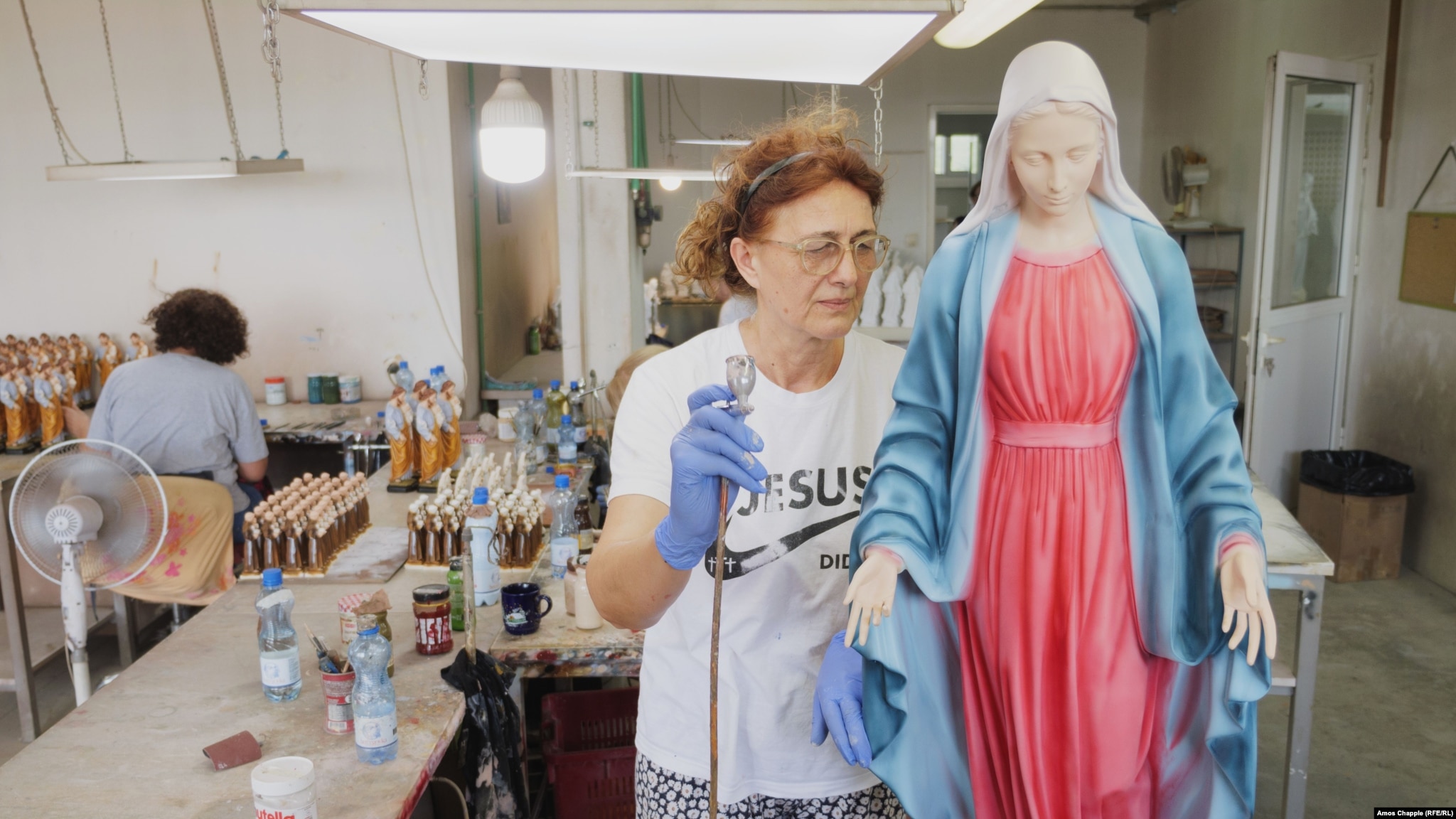 M
M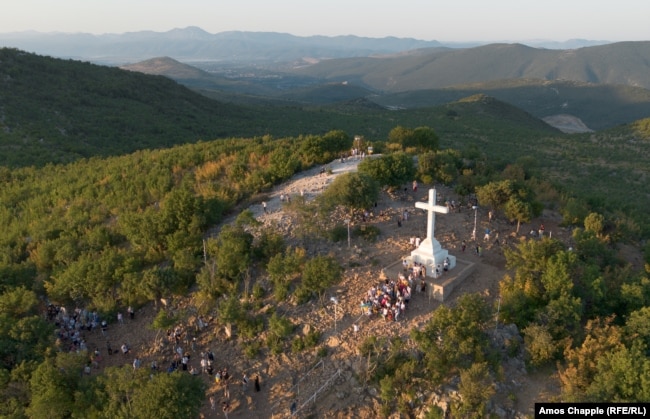
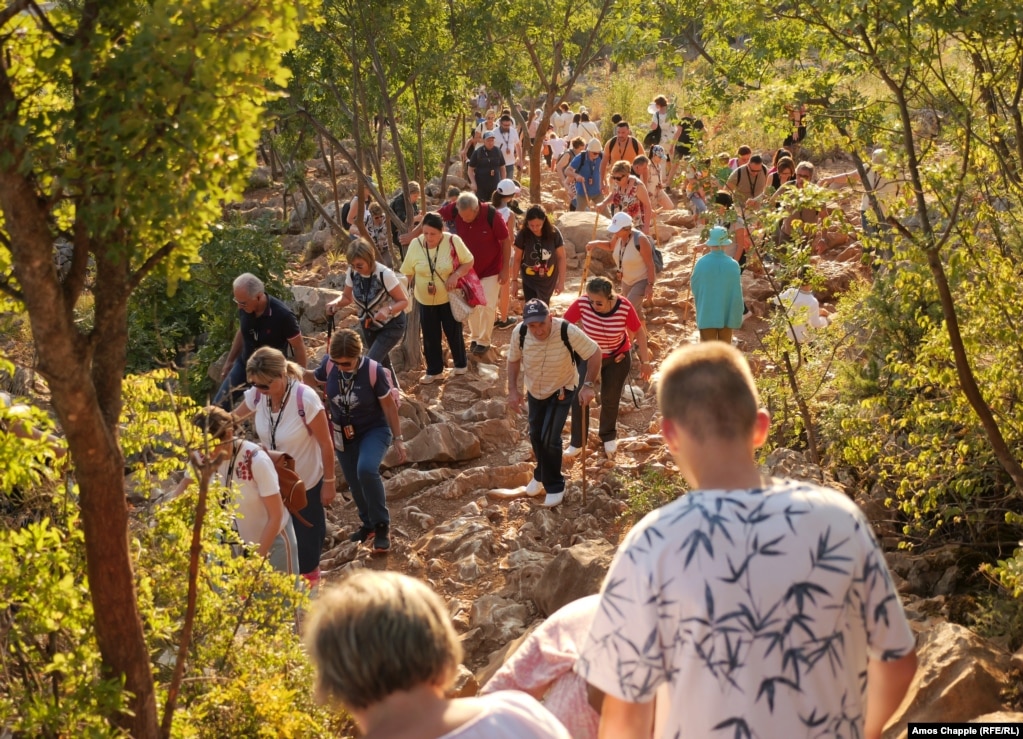
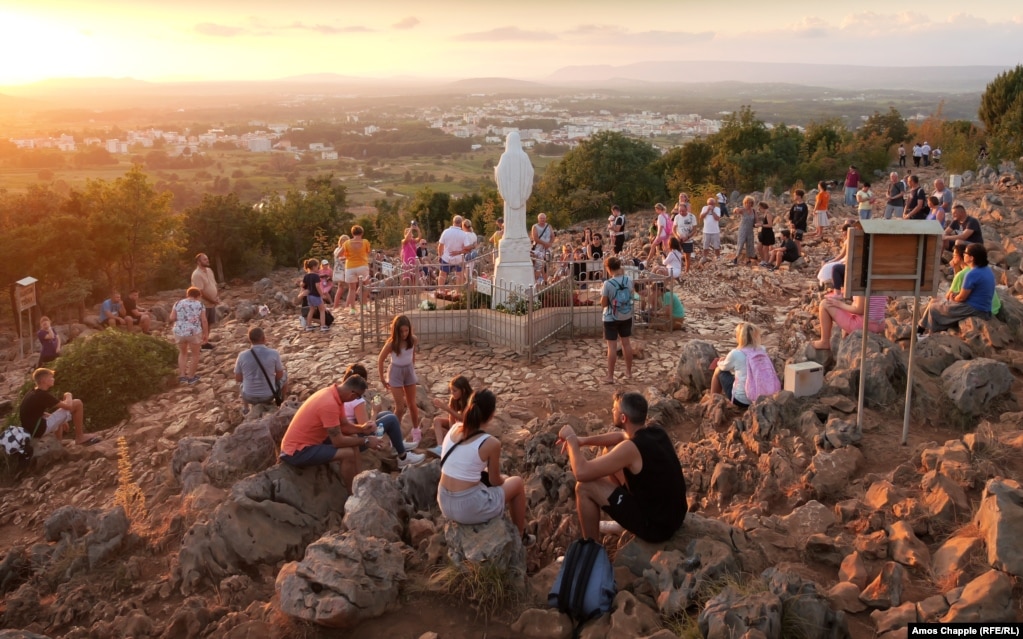
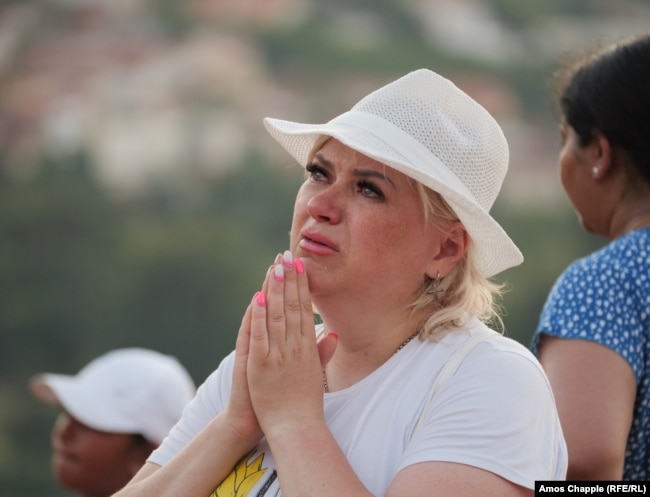
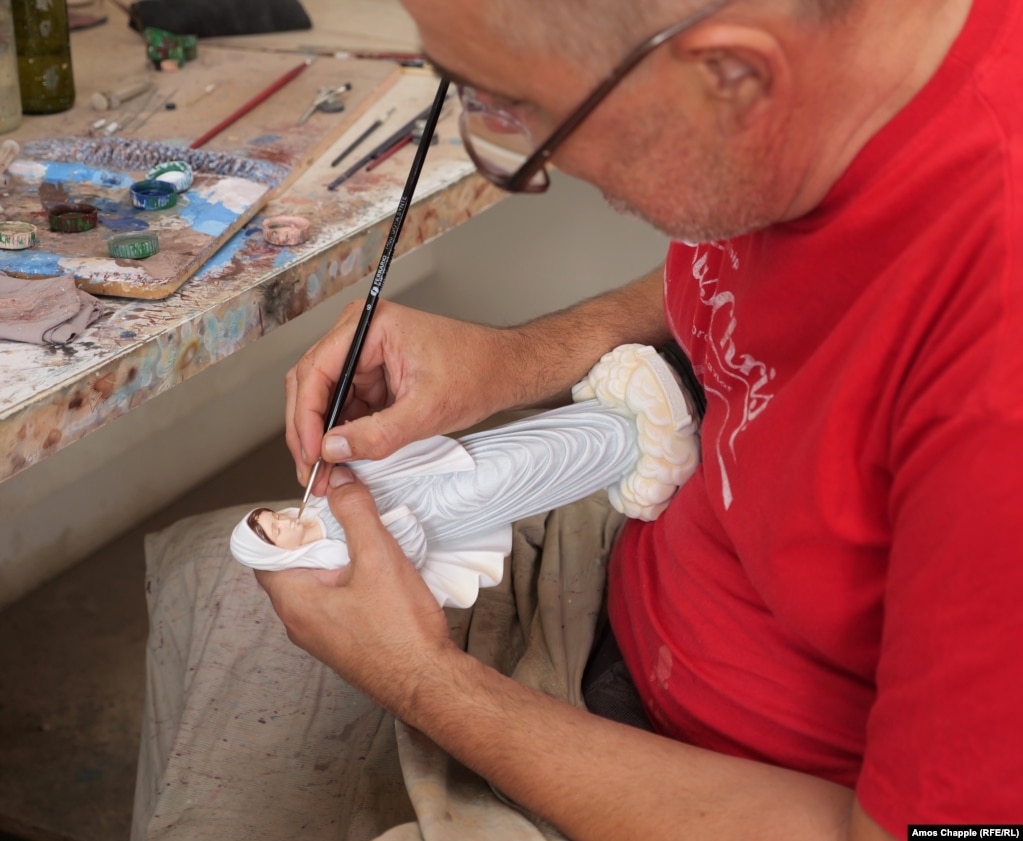
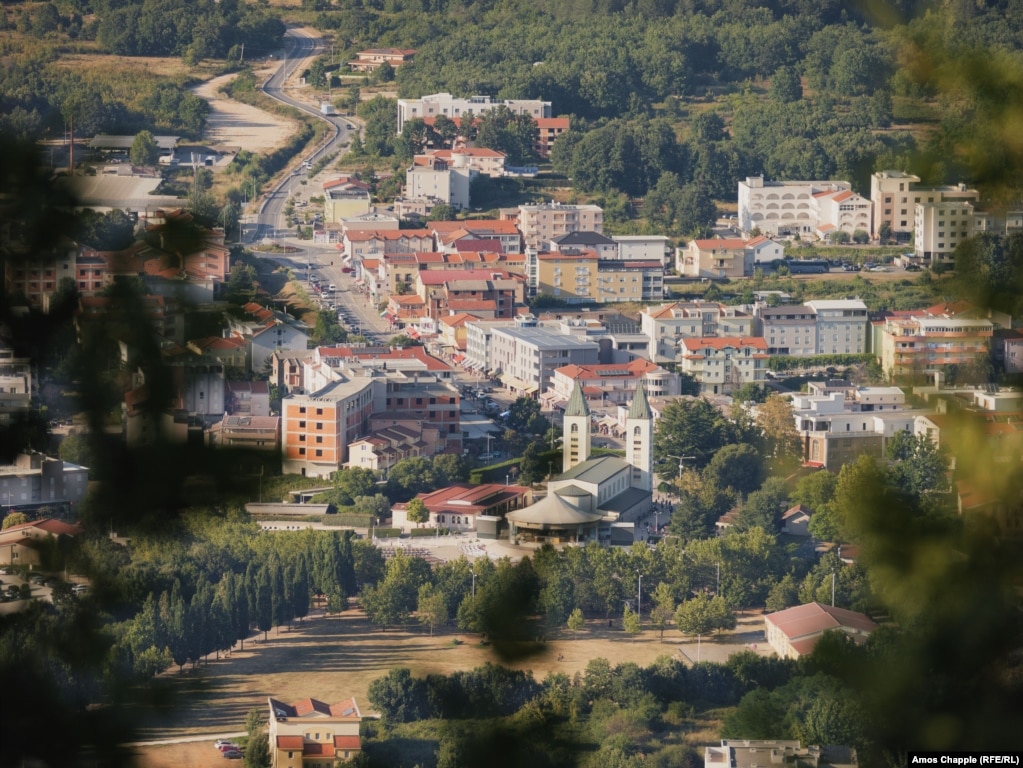
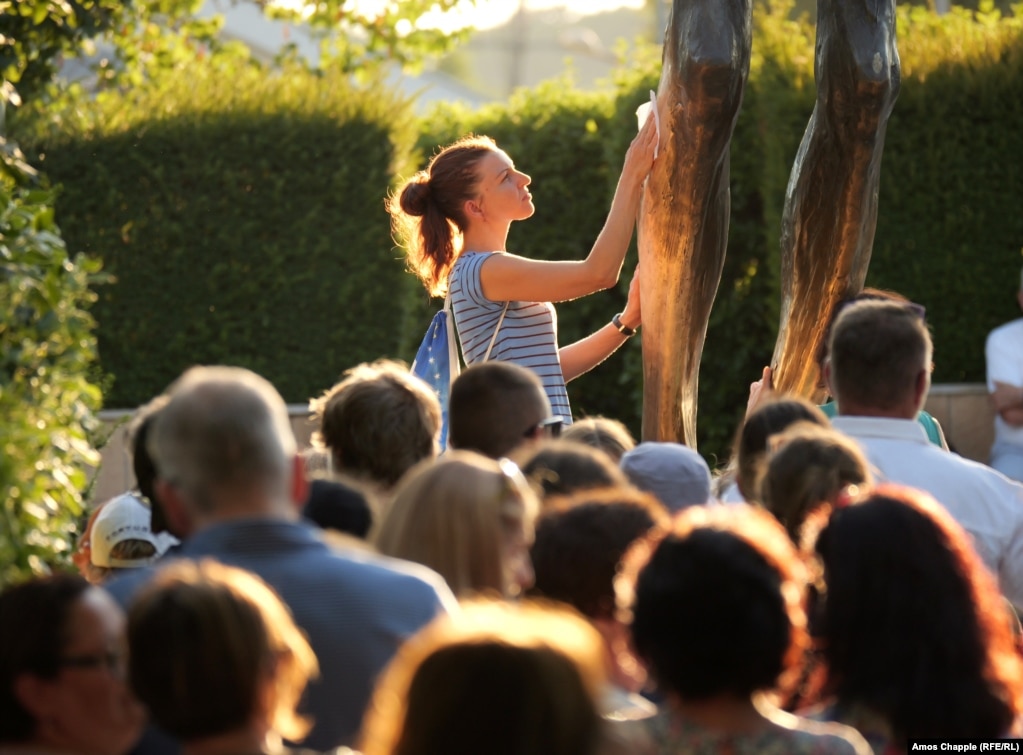
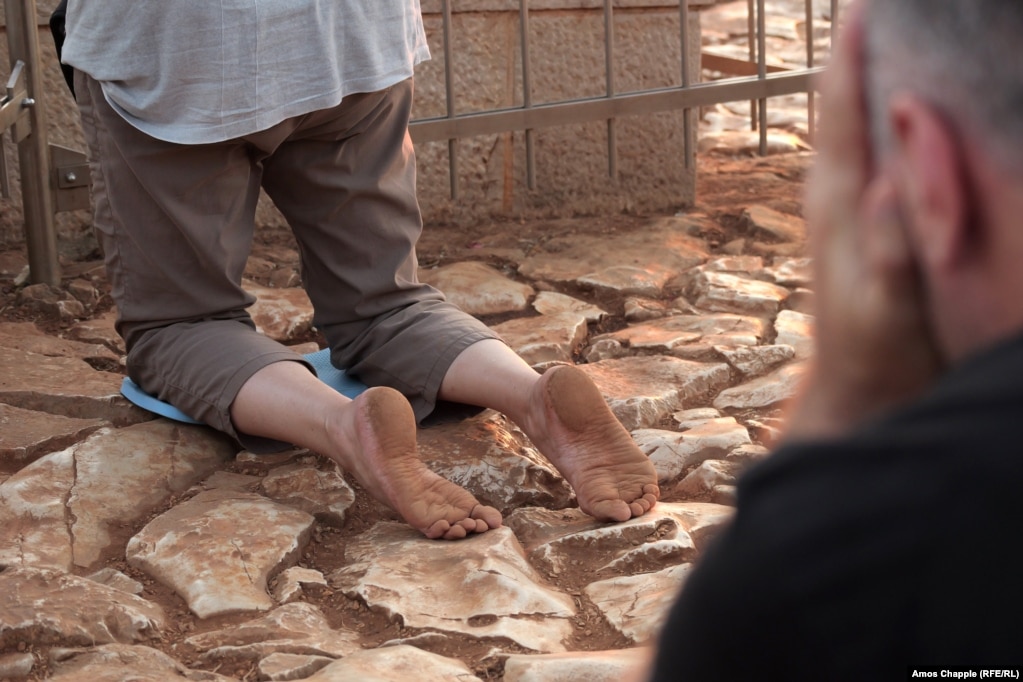
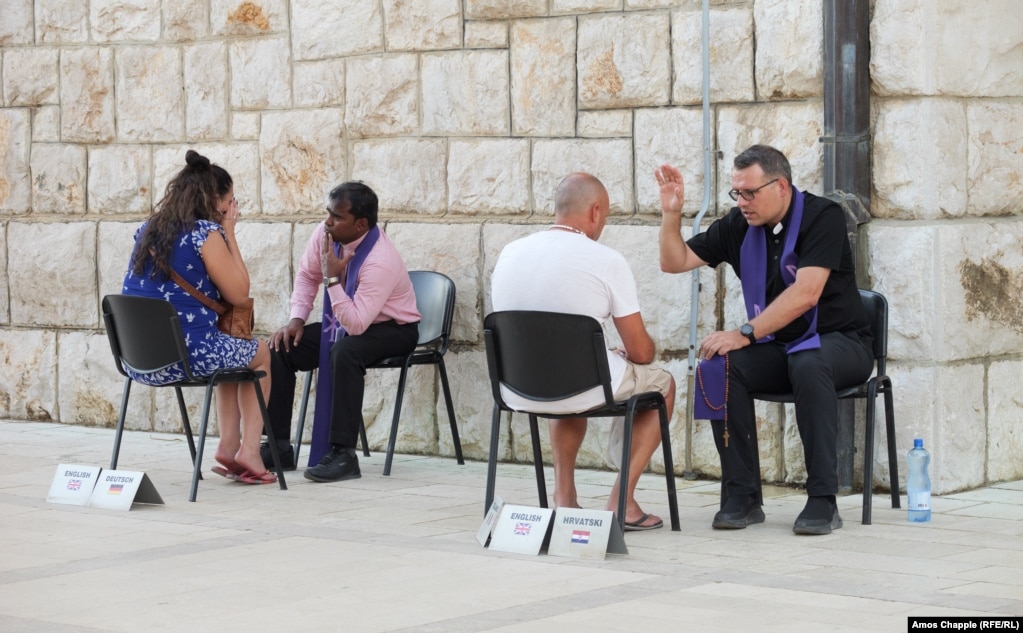

No comments:
Post a Comment